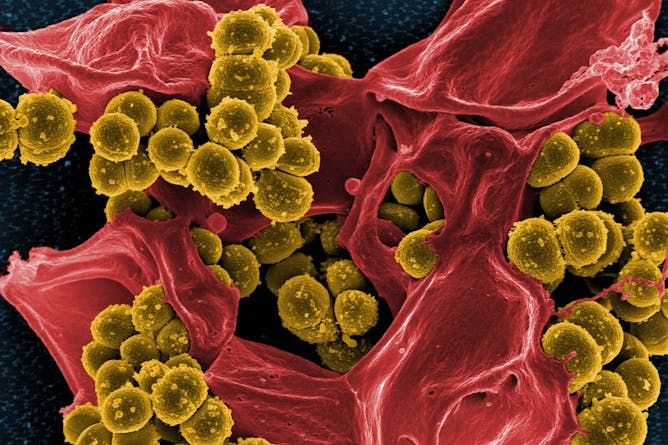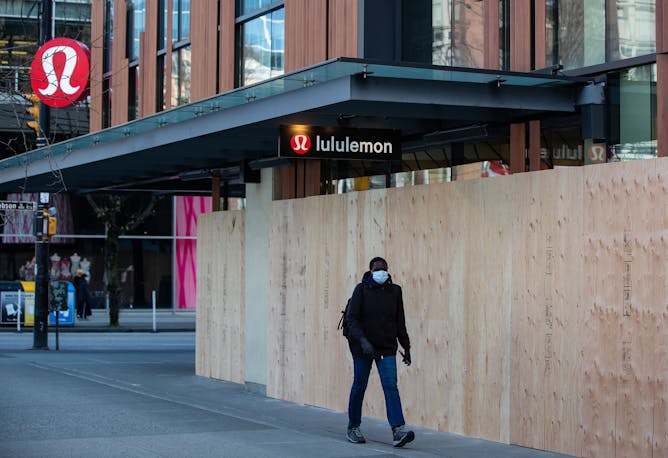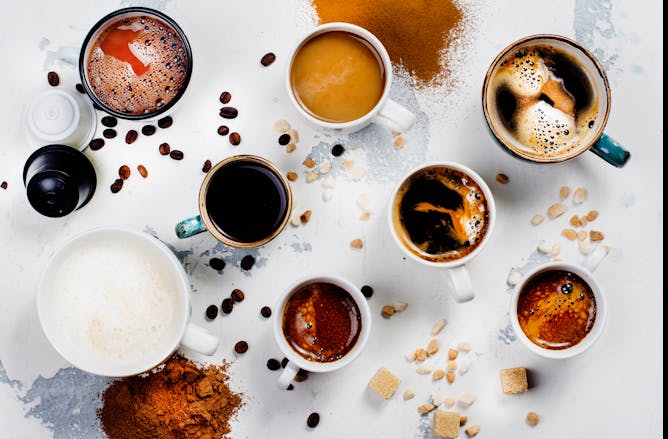|
|
|
|
In 2020, a record number of readers turned to The Conversation Canada for news and analysis, written by academic experts and edited by journalists for the general public. Our stories on the year’s most pressing issues — including COVID-19, the U.S. election and Black Lives Matter — received more than 36 million views. That’s a 75 per cent increase over 2019.
Today we’re revealing our Top 10 most-read stories of 2020. But first, here’s a behind-the-scenes look at how we reach such a large audience.
The Conversation Canada is growing as our reputation for evidence- and research-based journalism spreads. We’re turning into a destination news outlet, as an increasing share of readers come directly to us. In 2020, 63 per cent of views came from our website (compared to 50 per cent the previous year). The remainder of views came from hundreds of other media outlets that republish our stories.
We allow any media organization to republish our articles for free, in support of our non-profit mission to spread information to the widest possible audience. Our republishers include:
-
News outlets across Canada, via The Canadian Press newswire
-
News apps: Apple News Canada, Google News, Flipboard
-
TV websites: Global News, The Weather Network, TVO, CNN, PBS
-
Digital media: MSN, HuffPost Canada, Village Media (SooToday.com and network of local sites), The Tyee
-
Newspapers: National Post and local Postmedia newspapers, Toronto Star, SaltWire Network (including Halifax Chronicle Herald), Nunatsiaq News
-
Science sites, including ScienceAlert, Live Science, IFLScience, Inverse, EarthSky
-
International media: CNA (Singapore), Newsweek Japan, Stuff (New Zealand), World Economic Forum
-
Specialty publications: Zoomer, Today’s Parent, The Medical Post, University Affairs, The Narwhal, Pride News
Thank you, our loyal readers, as well as our authors, university members, partners and republishers. We look forward to continuing our relationship in this new year.
And now, here’s our countdown of our Top 10 most-read stories published in 2020. Happy New Year!
|
Lisa Varano
Audience Development Editor
|

|
|
Most Read Stories of 2020
|

In this November 2019 photo, Meghan, the Duchess of Sussex, stands beside her husband at a Remembrance Day ceremony. She’s among high-profile women to go public with her miscarriage.
(AP Photo/Matt Dunham)
Jennifer Dimoff, L’Université d’Ottawa/University of Ottawa; Jacquelyn Brady, San José State University; Stephanie Gilbert, Cape Breton University
Employees who have suffered a miscarriage or stillbirth are more likely to quit their jobs and suffer from impaired work performance. Pregnancy loss is not just a personal issue, but a workplace issue.
|

QAnon, which fans the flames of wild and dangerous conspiracy theories, is being incorporated into some fringe religious movements.
Photo Illustration/The Conversation
Marc-André Argentino, Concordia University
The QAnon movement that's based on conspiracy theories is now being used by some charismatic Christians as a way to interpret the Bible. It's a dangerous mix of religion and false information.
|

Leishmaniosis — a parasitic infection that causes skin sores — has been found in kenneled American foxhounds.
(Shutterstock)
Victoria Wagner, Université de Montréal; Christopher Fernandez-Prada, Université de Montréal; Martin Olivier, McGill University
Importing dogs into Canada has also introduced a flesh-eating parasite that is transmissible to humans. Veterinarians, researchers and public health officials should work together to curtail the disease.
|

Methicillin-resistant Staphylococcus aureus (MRSA) bacteria (coloured yellow) enmeshed within a human white blood cell (coloured red). MRSA is a major cause of hospital-associated infections.
(NIAID)
Lori L. Burrows, McMaster University
Antimicrobial resistance is a public health and economic disaster waiting to happen. If we do not address this threat, by 2050 more people will die from drug-resistant infections than from cancer.
|

A woman wearing a protective face mask walks past boarded up shop windows in Vancouver on March 25, 2020.
THE CANADIAN PRESS/Darryl Dyck
Catharine Chambers, University of Toronto
Canadians are living under a states of emergency, coping with a limping economy and social distancing as well as the stress of the pandemic itself. Many might be asking: when will it end?
|

From drip coffee to pourovers to stovetop espresso, the variations in coffee-based drinks are plenty.
(Shutterstock)
Thomas Merritt, Laurentian University
How does one of the most popular drinks in the world actually work on our bodies?
|

Followers of the QAnon movement, shown here at a 2018 rally in Pennsylvania for President Donald Trump, use social platforms to spread conspiracy theories. False information from the QAnon community about the coronavirus pandemic is a public health hazard.
(AP Photo/Matt Rourke)
Marc-André Argentino, Concordia University
QAnon refers to the online community that believes in conspiracy theories about Donald Trump and the so-called deep state, and is spreading harmful misinformation about COVID-19.
|

Although cloth masks have been widely adopted, many people still have questions about them.
(Usplash/Vera Davidova)
Catherine Clase, McMaster University; Edouard Fu, Leiden University; Juan Jesus Carrero, Karolinska Institutet
Epidemiologists reviewed 25 studies of cloth face masks. Here’s what they found out about how well they work, why they work, who they protect and why the mosquito and chain-link fence analogy is wrong.
|

A sign outside Lions Gate Hospital in North Vancouver, B.C., explains visitor restrictions to limit the spread of the novel coronavirus COVID-19.
THE CANADIAN PRESS/Darryl Dyck
Anatoliy Gruzd, Ryerson University; Philip Mai, Ryerson University
Hospitals have requested that people avoid non-emergency visits, and conspiracy theorists are posting images of empty parking lots online as false proof that COVID-19 is an elaborate hoax.
|

‘Portrait of a Woman of the Hofer Family,’ Swabian artist, c. 1470, and a picture showing a fly on U.S. Vice-President Mike Pence during the Oct. 7 debate at University of Utah in Salt Lake City.
(Wikimedia Commons/AP Photo/Julio Cortez)
Sally Hickson, University of Guelph
Flies have long held symbolic meaning in the history of art. In portraits made in Renaissance Europe, the presence of a fly symbolizes the transience of human life.
|
| |
| |
| |
| |
| |
| |
|
|
|
|
|
|
|